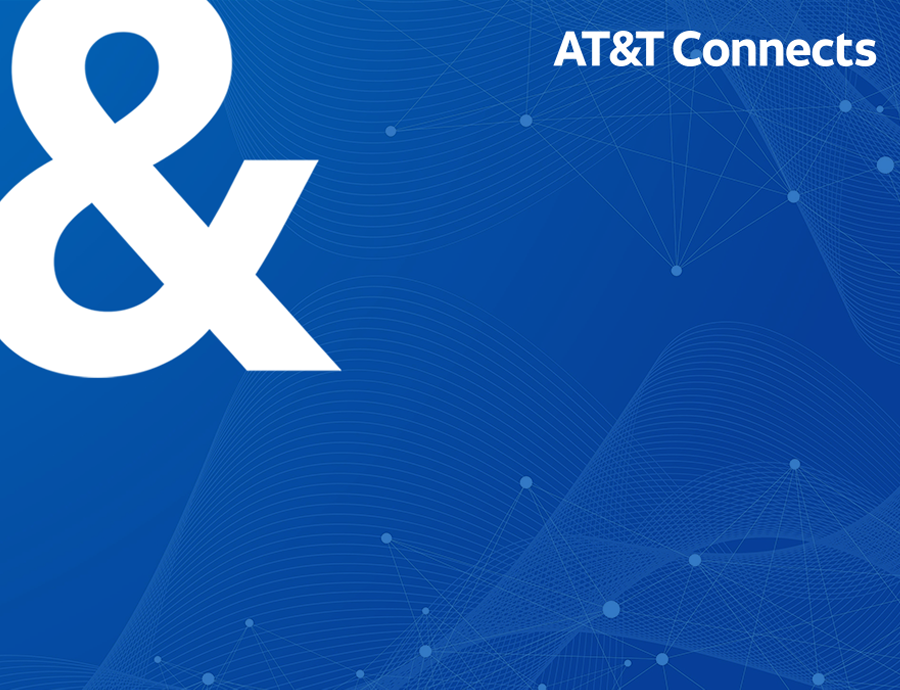At AT&T, we support the Administration’s goal to connect all Americans to broadband services. Broadband is the great equalizer in today’s world, and the pandemic highlighted more than ever the need for universal access to high speed, reliable internet for school, work, and remote health or simply staying in touch with loved ones. Yet, pockets of unserved and underserved areas stubbornly remain, leaving too many Americans without broadband access.
Through our capital investments, fiber build and 5G deployment, AT&T has worked hard to do our part to bring more and faster speeds to all Americans. Indeed, we recently announced a free internet option made possible by combining a new plan – with speeds up to 100 Mbps – from our low-cost Access from AT&T program with federal benefits from the Affordable Connectivity Program (ACP).
Private capital can’t do it alone, however, and we were encouraged to see the Administration and Congress prioritize the passage of the Infrastructure Investment and Jobs Act last year. This opens the door for the public and private sector to come together in an unprecedented way to expand broadband access through the Broadband Equity, Access, and Deployment (BEAD) Program.
NTIA and the state governments were jointly entrusted with the responsibility to administer and oversee this $42.5 billion broadband fund. This task ahead of them is enormous, but NTIA has hit the ground running. Earlier this month, NTIA solicited comments from a broad cross-section of industry, government stakeholders and citizens who offered ideas and advice for implementing the BEAD Program, resulting in over 550 submissions.
To achieve the President’s connectivity goals, it is critical that this transformative investment be effectively and efficiently managed. There is no one-size-fits-all solution to reaching all the unserved communities across the country, but AT&T has decades of experience working directly with states and municipalities to deploy broadband. As reflected in our comments to NTIA, to maximize the reach and impact of this landmark investment, we believe these core principles should be the foundation of the BEAD Program:

- Deployment is job #1. The BEAD Program must remain anchored in the core goal: universal broadband availability. Congress separately appropriated significant sums to directly address broadband affordability and adoption through other programs. While $42.5 billion allocated to the BEAD Program is substantial, several studies suggest this amount alone could fall short. To make the most of this funding, meet the tight statutory timeline requirements, and deliver on Congress’s universal broadband objective, NTIA should hew closely to the statute and avoid adopting extraneous requirements that will unnecessarily increase costs and could discourage participation.
- Keep program requirements simple and uniform. It is critical that NTIA identify simple and focused requirements for program participation. NTIA should provide flexible guidance that enables the states to best meet the deployment goals on an expedited timeline. Consistency in program requirements among the states will incent participation and enhance subgrantee competition, resulting in a more competitive process that will maximize program efficiency. If program requirements become complex and fragmented across states, participation and efficiency will be challenged.
- Ensure a fair and open competitive process that is simple to administer. NTIA should provide states with a straightforward framework to use when evaluating competitive bids, ideally relying on a competitive application process to select subgrantees. Alternative approaches, like auctions, are simply too complicated and time consuming to administer in the amount of time acceptable to award program subgrants. NTIA should also provide states with clear and objective evaluation criteria consistent with the Act for the selection process.
- Support a holistic approach to evaluating deployment proposals. States have been authorized to fund deployment projects that address unserved areas, underserved areas and community anchor institutions. While the Act properly directs states to prioritize unserved service areas, this requirement should not be interpreted too rigidly. States should be allowed to consider and select proposals for unserved locations together with underserved locations, allowing applicants to rely on efficient network design principles to maximize the number of unserved and underserved locations covered.
- Let the data lead the way. In addition to relying on the FCC’s updated broadband maps, NTIA should require states and potential subgrantees to provide information about locations or areas subject to existing broadband deployment awards or any enforceable commitment to deploy broadband at speeds of at least 100/20 Mbps, regardless of construction status. Areas already subject to enforceable commitments should be excluded from grant eligibility. All potential subgrantees should be required to disclose previous deployment commitments in their applications. If such data is not taken into consideration, the program could lead to overlapping government subsidies or government subsidies to build areas where private capital is already committed.
As we look ahead to the implementation of the BEAD Program, these principles can help provide a clear path to serve more people with connectivity. We look forward to working with NTIA and leaders across the country to deliver on the Administration’s promise for universal connectivity. Working hand-in-hand, we can deliver on this once-in-a lifetime opportunity to connect all Americans.





